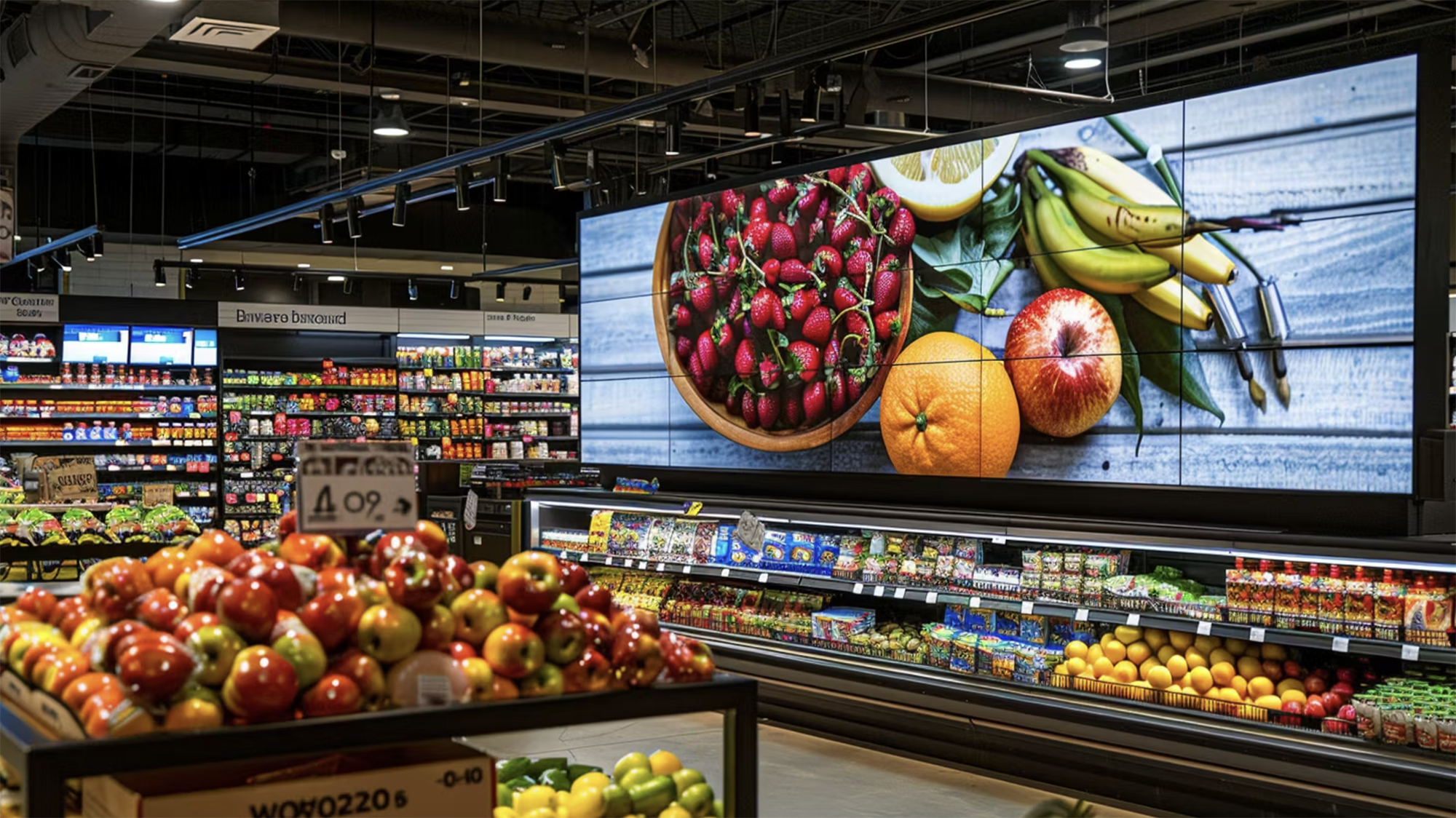AI in Grocery: 6 Strategies for Implementing AI in Autonomous Checkout
.jpg)
At a Glance
- Implementing AI in autonomous checkout can enhance efficiency and customer experience, but challenges like theft, costs, and technical issues must be addressed.
- Use AI-driven surveillance to reduce theft and shrinkage.
- Invest in reliable sensors and real-time data processing.
- ROI justifies initial investment and maintenance.
- Provide in-store demos and support for adoption.
- Test technology in controlled environments before scaling.
- Seamlessly integrate AI with inventory and POS systems.
As the retail industry continues to evolve, implementing AI in autonomous checkout systems offers a glimpse into the future of shopping. However, the journey to fully integrate these technologies is fraught with challenges. This article explores strategies for effectively implementing AI in autonomous checkout, addressing the hurdles, and capitalizing on the benefits.
The Current Landscape: Why Major Grocers and Retailers are Pulling Out
Despite the potential advantages, several major grocers and retailers are retracting their Scan & Go initiatives due to various challenges:
- High Theft and Shrinkage Rates: Retailers like Wegmans and Dollar General have cited significant losses associated with Scan & Go systems, leading them to discontinue the service to reduce shrinkage and protect their bottom line.
- Technical Challenges: The complex technology required for Scan & Go systems often doesn’t function as smoothly as intended. Amazon’s Just Walk Out technology, for example, required substantial human intervention to work correctly, undermining the efficiency and cost benefits as mentioned in the article Amazon Fresh kills “Just Walk Out” shopping tech—it never really worked
- Cost Considerations: The high costs of implementing and maintaining Scan & Go technology can outweigh the benefits, especially if customer adoption is low. Retailers need to consider whether the investment is justified by the usage rates as mentioned in the article Giant Eagle pulls scan-and-go from select stores by Grocery Dive.
- Customer Preferences and Experience: Not all customers are comfortable with or prefer self-checkout options. Retailers must cater to a diverse customer base, some of whom may favor traditional checkouts for various reasons, including the desire for human interaction or assistance.
- Operational and Integration Issues: Integrating Scan & Go with existing store operations and ensuring it works seamlessly can be challenging. The need for staff training and the potential for operational disruptions further complicate the implementation.
In conclusion, while Scan & Go technology offers many advantages, the challenges associated with theft, technical reliability, high costs, and customer adoption have led many major grocers and retailers to scale back or discontinue its use. Balancing the benefits with these significant drawbacks is crucial for any retailer considering the implementation of Scan & Go systems.
Strategies for Successful Implementation
Despite these challenges, the future of AI in autonomous checkout remains promising. Here are strategies to ensure successful implementation:
- Enhanced Security Measures: To combat high theft and shrinkage rates, retailers should invest in advanced security technologies. AI-driven surveillance systems, such as those used by Target's Truscan, can detect unscanned items and track suspicious behaviors.
- Robust Technical Infrastructure: Ensuring the reliability of Scan & Go technology requires a robust technical infrastructure. This includes high-quality sensors, cameras, and real-time data processing capabilities. Collaborating with leading AI vendors who provide sophisticated autonomous checkout solutions can help address these technical challenges.
- Cost-Benefit Analysis: Conducting a thorough cost-benefit analysis is essential before implementing AI-driven checkout systems. This includes evaluating the initial investment, maintenance costs, and potential ROI. Retailers need to ensure that the adoption rates justify the expenditure.
- Customer Education and Support: To enhance customer adoption, retailers should provide comprehensive education and support. This includes in-store demonstrations, clear signage, and dedicated staff to assist with the new technology. Ensuring a smooth and user-friendly experience can mitigate resistance and improve adoption rates.
- Pilot Programs and Gradual Rollouts: Implementing AI in autonomous checkout should be approached incrementally. Pilot programs allow retailers to test the technology in a controlled environment, gather feedback, and make necessary adjustments. Gradual rollouts help identify and address issues before a full-scale implementation.
- Integration with Existing Systems: Seamlessly integrating AI checkout systems with existing store operations is crucial. This involves ensuring compatibility with inventory management, POS systems, and other operational components. Proper training for staff to manage and support the new technology is also essential.
Conclusion
The future of retail lies in the effective implementation of AI in autonomous checkout systems. While challenges such as theft, technical issues, and high costs persist, strategic planning and the adoption of advanced technologies can mitigate these issues. By enhancing security, investing in robust technical infrastructure, conducting cost-benefit analyses, educating customers, and gradually rolling out the technology, retailers can successfully integrate AI-driven checkout systems and revolutionize the shopping experience.


.png)





.png)


